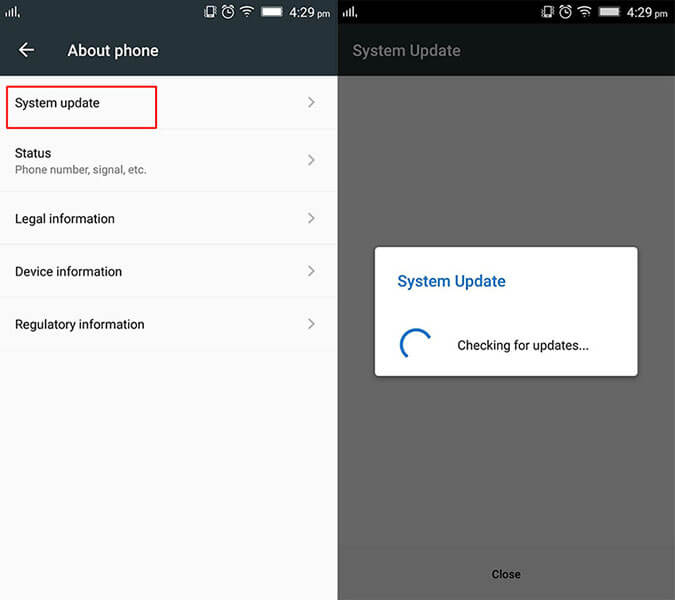

- Android file transfer could not connect install#
- Android file transfer could not connect android#
- Android file transfer could not connect software#
- Android file transfer could not connect password#
- Android file transfer could not connect Pc#
Android file transfer could not connect android#
Once the installation is finished, you will find the Syncthing icon on one of the home pages of your Android device - hit this icon to start Syncthing.
Android file transfer could not connect install#
The installation of such clients goes along the lines outlined in the preceding Section.įrom Google Play, fetch and install the application Syncthing.
Android file transfer could not connect Pc#
The communication between the Android device and a Linux PC can be established by setting up a corresponding synchronisation from the Linux PC to the cloud. Once that synchronisation has been put in place, no explicitly requested file transfer actions will be necessary. The operation of clients that do cloud access is quite simple: they offer functions for registering with a cloud provider and for specifying files that will be synchronised by the cloud.
Android file transfer could not connect software#
This domain is in rapid evolution - use Google to obtain an up-to-date list of software and documentation. In addition, there exist Android ftp clients that are specifically designed for communication with cloud storage. An example is the ES File Manager, see this article as an illustration. Several Android ftp clients support - in addition to "traditional" host-to-host file transfer - the option of communication with cloud storage.
Android file transfer could not connect password#
The following Nexus-7 screenshot illustrates the last step of the upload of a file to the Linux PC - it does not illustrate that it takes 5 clicks / screens plus keying in of the user-id and password to arrive at this step: Once the parameters are defined, launch the transfer - no action is required on server.

Some clients require all parameters to be newly selected each time a transfer is launched, other clients save parameter settings in variables - for instance, to remember IP address of the servers used and allow to choose between the servers already known. The specific way of handling parameters varies between different client implementations. The client may support optional parameters, for instance to use Secure FTP (SFTP) instead of FTP - they need to be selected.

).Īlways "+": all methods listed here are capable of doing file transfer. re-naming files, deleting files, moving files between directories. "+" if the method is (beyond the transfer of files) capable of doing operations on the directory tree of the Android device (e.g. The side that is active in launching and controlling the transfer - Linux or Android.

Principal software used on the Linux PC - if applicable. Principal software used on the Android device - if applicable. Name under which the method described in that row is commonly known.


 0 kommentar(er)
0 kommentar(er)
